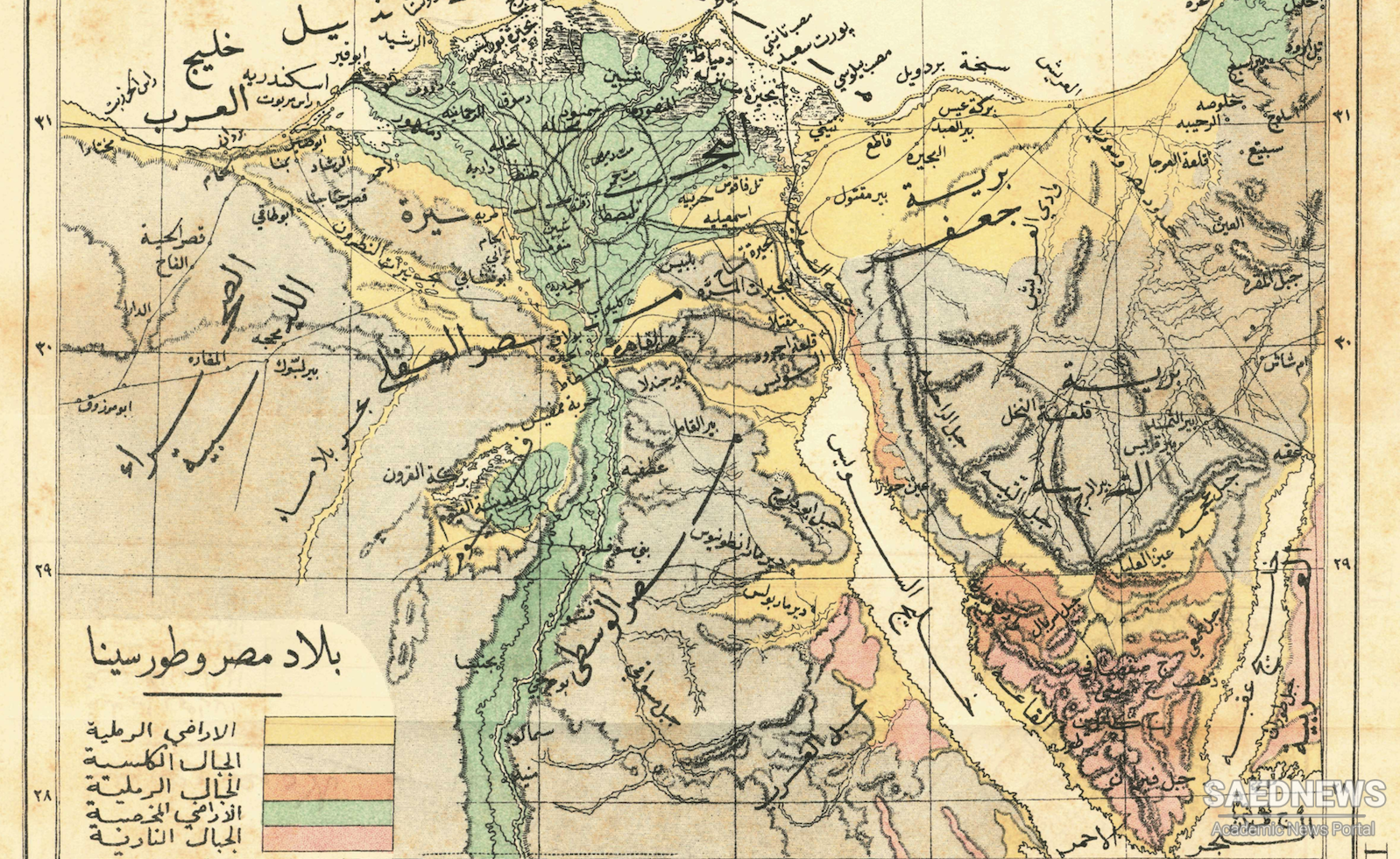What occurred in these fateful decades transformed the destiny of entire nations, created new countries, brought overt European rule to the region, resulted in the drawing and redrawing of national boundaries, and gave rise to new dynasties. Middle Eastern history has so many highlights that it is hard to settle on one as the start of the region’s “modern” era. But the interwar period is perhaps the strongest contender. History, of course, is not an event but a process, and the unfolding of this process at this critical juncture, from the late 1910s to the mid to late 1940s, gave rise to the contemporary Middle East we have come to know. Historical processes neither occur in a vacuum nor are irrelevant to or disconnected from the past and the present, and many of the processes set in motion at the conclusion of World War I continue to unfold today. The legacy of European rule still affects domestic and foreign policies; the state building that started in the 1920s was only intensified in the 1950s and 1960s and in some ways continues today; and even borders remain contested and are the cause of conflicts large and small. The ghosts of the past still roam the Middle East.
In the early twentieth century, three primary sets of players emerged in the politics and diplomacy of the Middle East: the two main European powers at the time, namely Britain and France, and local political actors and individuals who went on to assume historic importance. The slow death of the Ottoman Empire left a power vacuum, with the result that all these players sought to enhance and augment their own interests in the region. In doing so, they engaged in competition and rivalry, but at times they also cooperated and colluded with each other, covertly as well as overtly.
Britain’s diplomacy in the Middle East at this time was based on three main interrelated and reinforcing objectives. Britain’s biggest concern by far was the security of its hold over the “crown jewel,” India, especially against possible encroachments by Russia and France. This meant ensuring not only that India’s neighbors complied with British interests, thus neces�sitating active British attention to Iran, but also that the shortest maritime route to India for the British navy, through the Suez Canal, remained under British control. By one estimate, at the time of the canal’s opening, a British ship would take only forty days to sail from England to India through the Suez Canal as compared to five months around the Cape.


 Middle East, Muslims and the Promised Land of Primordial Faith
Middle East, Muslims and the Promised Land of Primordial Faith














































